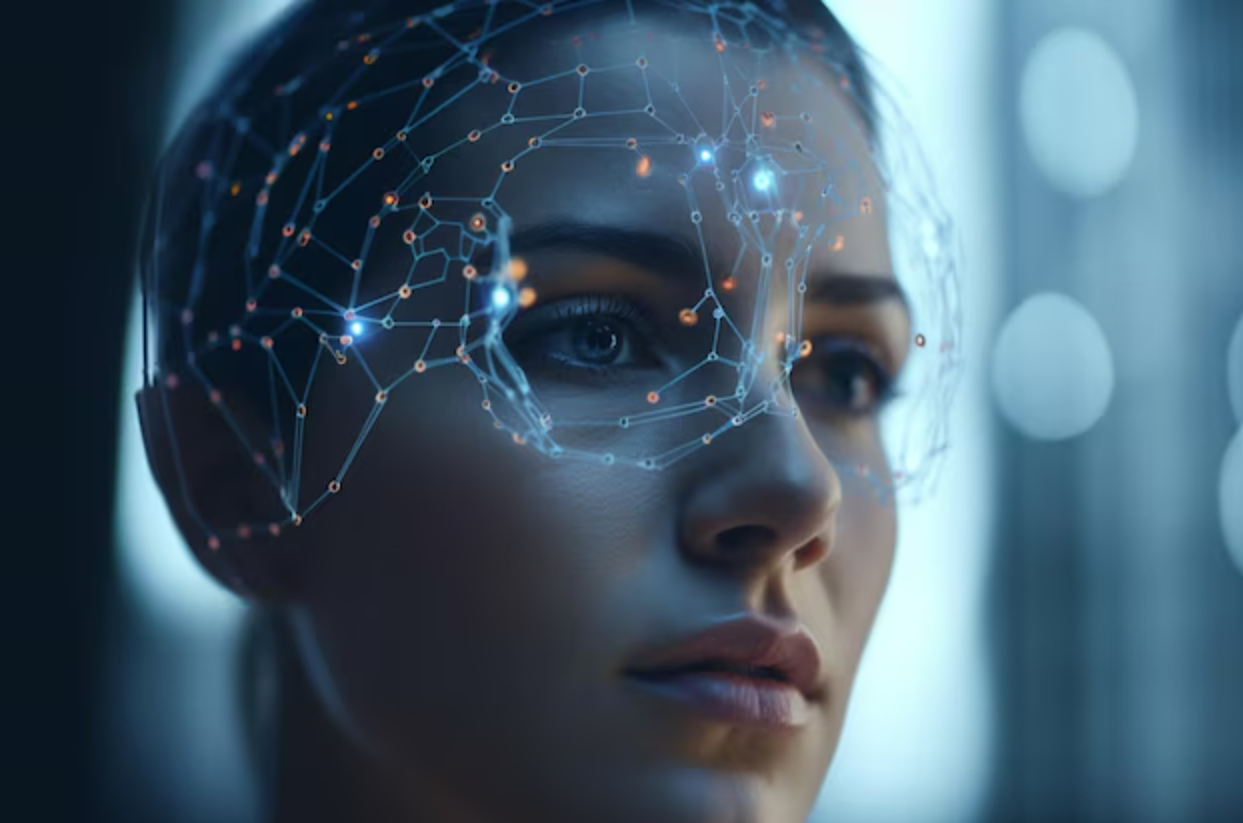Brighter Side of News
1M
337

Image Credit: Brighter Side of News
Groundbreaking new AI algorithm can decode human behavior
- Researchers from the University of Southern California (USC) have developed an AI algorithm called Dissociative Prioritized Analysis of Dynamics (DPAD), that isolates neural patterns tied to specific behaviours from overall brain activity to improve the accuracy of decoding movement for brain computer interfaces. The algorithm's training process prioritises learning behaviour-related patterns, preventing important data from being masked by analysing the remaining signals. DPAD can also track internal mental states and provide real-time feedback on symptom states in mental health conditions.
- BCIs aim to restore functionality in paralyzed patients by decoding intended movements directly from brain signals. Shanechi’s research addresses limitations of earlier models, providing neuroscientists with a tool to study the brain and enable personalised treatments.
- The algorithm dissociates brain patterns encoding a particular behaviour, like eye movements, from all other concurrent patterns improving the accuracy of BCI movement decoding and uncovering new brain patterns that were previously overlooked.
- Many models struggle to prioritize behaviourally relevant dynamics, focusing instead on overall neural variance. DPAD overcomes this limitation by giving precedence to the signals linked to behaviour during the learning phase.
- DPAD's flexible framework supports diverse behaviours including categorical choices or irregularly sampled data like mood scores, broadening its applicability. The simulation suggests that DPAD may be applicable with sparse sampling methods.
- DPAD has the potential to revolutionize mental health treatment by providing real-time feedback on a patient's symptom states, paving the way for behaviour computer interfaces that help manage not just movement disorders but also mental health conditions.
- The algorithm could one-day de-code internal mental states like pain or mood. This capability could revolutionize mental health treatment by providing real-time feedback on a patient’s symptom states.
- DPAD provides a powerful tool for studying the brain and developing BCIs, which could improve the lives of patients with paralysis and mental health conditions, offering more personalised and effective treatments.
- Shanechi’s research using DPAD marks a significant step forward in neurotechnology enabling researchers to better understand how the brain orchestrates behaviour. Tools like DPAD promise not only to decode the brain’s complex language but also to unlock new possibilities in treating both physical and mental ailments.
- The algorithm gives neuroscientists a more complete picture of how the brain functions, despite crippling limitations which have historically hindered the development of robust neural-behavioural dynamical models.
Read Full Article
20 Likes
For uninterrupted reading, download the app